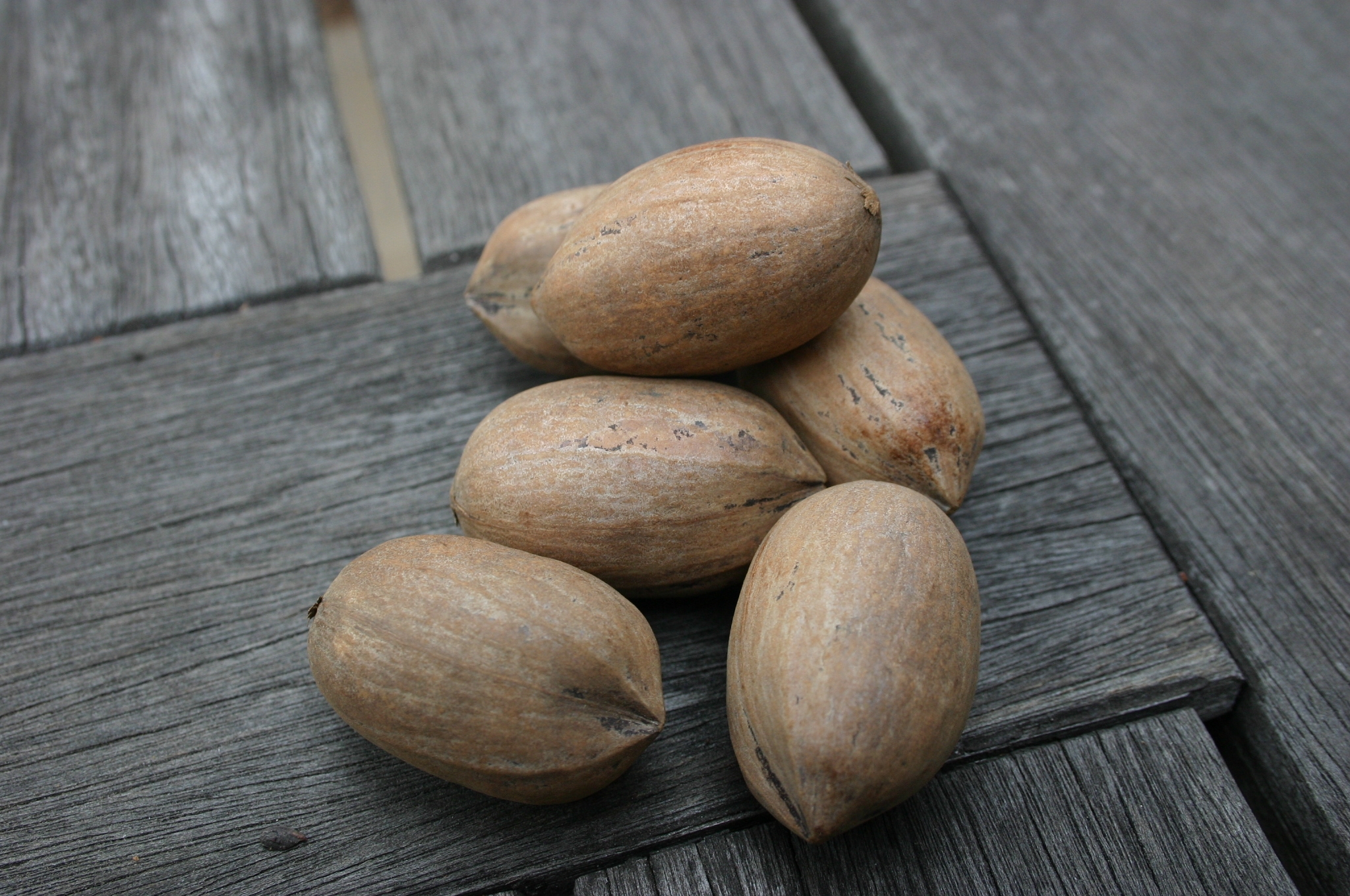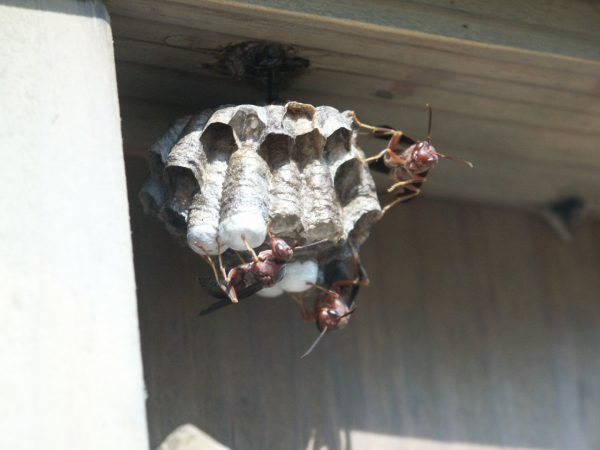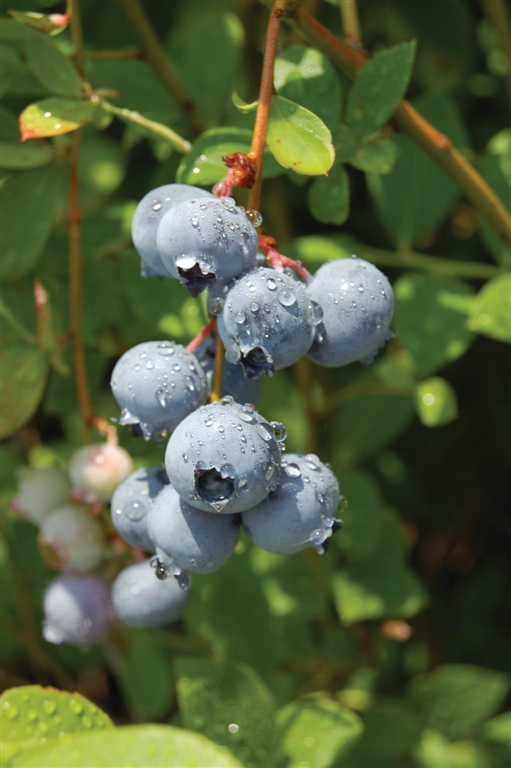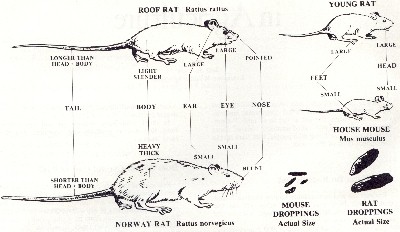Pecan – Choosing, Planting, Maintaining
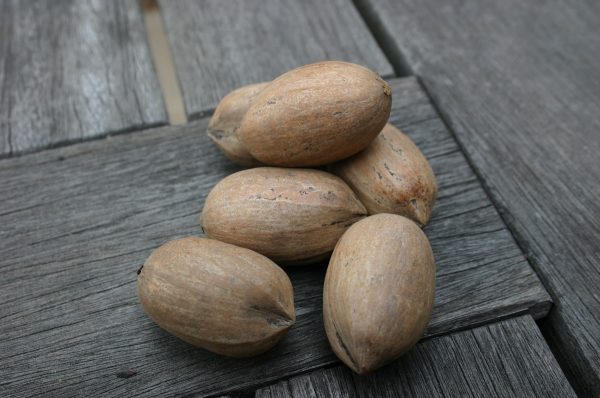
Carya illinoensis
The Pecan is a member of the Walnut genus but is more closely related to Hickories than Walnuts. Pecans were used by Native Americans at least 8000 years ago in Texas.
• More detailed information can be found in The Georgia Fruit & Vegetable Book by Walter Reeves and Felder Rushing
• See also Home Garden Pecans
Crows may have contributed to the selection and distribution process before man, since they select thin-shelled nuts and can carry them several miles. Most of the South (Zones 7b and warmer) is blessed with a marvelous climate for producing Pecans. Spring frost damage limits Pecan production in mountainous regions.
Unfortunately, many backyard trees produce few edible nuts due to genetics, disease and bird and animal thievery. If you have a tree that always produces small nuts it may be impossible to improve your harvest. The tree may simply be genetically unable to produce anything bigger. If your tree has a good crop of large nuts some years but few nuts in other years, the tree may be seriously infected with scab disease. Controlling this disease on susceptible trees is almost impossible without powerful sprayers so you might have to be content with a tree that provides shade every year and nuts only occasionally. The best situation you can have is to possess a mature, “named”, scab-resistant Pecan tree. Fruiting occurs 4-6 years after transplanting, although maximal yields may not be achieved for 10 or more years.
WHEN TO PLANT
Plant in fall, after the first frost, to take advantage of root growth during the winter. Otherwise, plant in spring as soon as the soil dries enough to be worked.
WHERE TO PLANT
Plant in full sunshine. Pecans prefer a sandy loam soil but can prosper in almost any situation except constantly wet soil. Trees can grow 60 feet high and at least as wide. Although Pecans are partially self-fertile, planting two different varieties will result in better nut set. If you have wild trees within 200 feet, they will usually provide the pollen your tree needs. Plant the trees well away from your residence and other buildings. Don’t forget to check for the presence of overhead power lines. Space the trees 60 to 80 feet apart so they will not crowd each other.
HOW TO PLANT
If possible, plant trees the day they are received from the nursery. Bare root trees bought from mail order catalogs or garden centers will have been out of the ground for several days. If these trees have been stored and handled properly, they should survive and grow. Container trees can be planted any time.
If your trees appear to have dry, shriveled roots soak them in water for several hours. Spray the entire tree with water to freshen the buds prior to planting. Drying before planting and failing to supply adequate moisture for the first two years following transplanting are the major causes for death (or very slow growth) in young Pecan trees. Pecans have long taproots and require a deep planting hole. The hole should be 36 inches wide so that all side roots can be properly positioned as the hole is refilled. Dig the hole deep enough so that the tree can be set at the same depth that it grew in the nursery. Firm the soil occasionally with your shoe as you fill the hole to soil surface level. Pour ten gallons of water at the base of the tree to insure the soil around the roots gets thoroughly wet. Do not place fertilizer in the hole. Mulch trees with a two inch layer of pine straw, leaves or wood chips. This helps hold moisture and limits competition from grass and weeds.
CARE AND MAINTENANCE
The primary after-planting chore for Pecans is to supply the trees’ moisture needs for the first two or three years. During the growing season, apply 10 to 15 gallons of water at weekly intervals, either by rainfall or irrigation. If no soil test was done, spread one pound of 10-10-10 fertilizer distributed in a 25 sq. ft. area around the tree in March after the tree is planted. For the first four years after planting, in late February, apply a pound of 10-10-10 fertilizer for each inch of trunk diameter (measured one foot above soil surface). Do not place fertilizer within 12 inches of the trunk; instead broadcast the fertilizer in a broad band around the drip line of the tree.
Fertilizing Bearing Trees: In the absence of a soil test, broadcast a pound of 10-10-10 for each inch of trunk diameter (measured 4 1/2 feet above soil level) in late February. Repeat in June and September. Apply one pound of zinc sulfate to 4 – 10 year old trees and three to five pounds for large trees each year.
During the first 3 years, trees are trained to a central leader with scaffold limbs at 12-18 inch intervals, and the lowest one beginning at 4-6 feet from the ground. Because Pecan wood is brittle, select only branches with a wide crotch angle (greater than 60 degrees). After 3 years, very little pruning is necessary, since trees form a natural, vase-shaped canopy. Only dead, diseased or broken limbs are removed on a regular basis.
Pecan scab disease can severely limit nut production. The best way to control scab is to plant resistant varieties listed below. You can lessen the effects of scab by completely removing all fallen limbs, twigs and leaves each fall. Removal of limbs touching the ground promotes air movement under the tree which in turn helps reduce the leaf wetness necessary for disease infection. Insects such as pecan weevil, aphids and stink bugs attack Pecans, but infestations rarely result in crop failure; trees quickly become too tall to spray anyway. Pick up nuts as they fall in late autumn; store in a cool, well-ventilated, dry place.
Birds and squirrels are often serious Pecan pests, especially if trees are located near a wooded area. Barriers and trapping can give you some protection from squirrels. Individual trees, not close to others, can be banded with a metal shield about 24 inches wide, encircling the trunk about five feet above ground. Slots on the metal, instead of holes, will allow the metal band to slip past the fastening nails as the tree grows. Partially withdraw the nails each year to prevent them from becoming embedded in the trunk. HARVEST
Prevent nut loss by harvesting regularly as soon as you notice nuts falling from their shucks. Harvesting the nuts as soon as they mature ensures best quality and avoids insect and animal damage. One of the quickest ways to lose nut quality is to let them lay on wet ground. Store nuts in a clean, cool, dry place. If you choose to shell the nuts before storing, they can be frozen in sealed plastic bags for two years without losing quality.
VARIETIES – PECAN
Variety
Size
Kernel Quality
Scab Resistance
‘Stuart’
large
excellent
resistant
‘Elliott’
small
good
very resistant
‘Curtis’
small
excellent
very resistant
‘Gloria Grande’
large
excellent
resistant
‘Sumner’
large
excellent
resistant
‘Excel’, ‘Gafford’, ‘Jenkins’ and ‘Amling’ are excellent as well.
‘Avalon’ is a new introduction with excellent resistance to scab.
The following varieties are not recommended:
Desirable – cold sensitive, has weak tree structure and poor scab susceptibility.
Mahan – nuts fill poorly, highly scab susceptible.
Schley – low yields, highly scab susceptible, soft shells result in bird and squirrel problems
